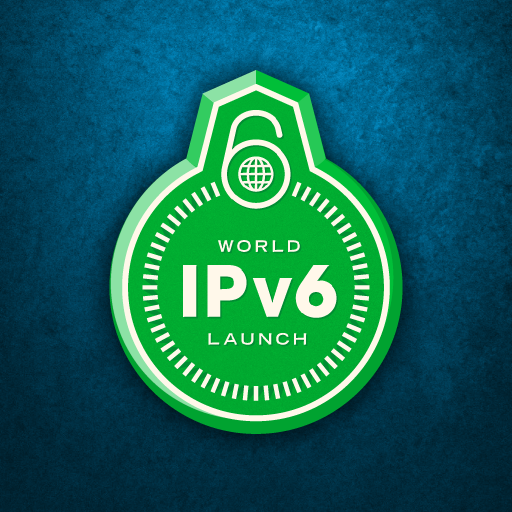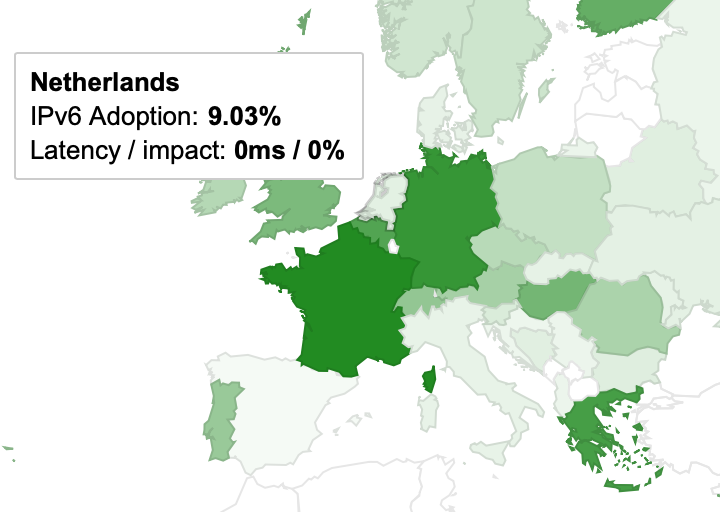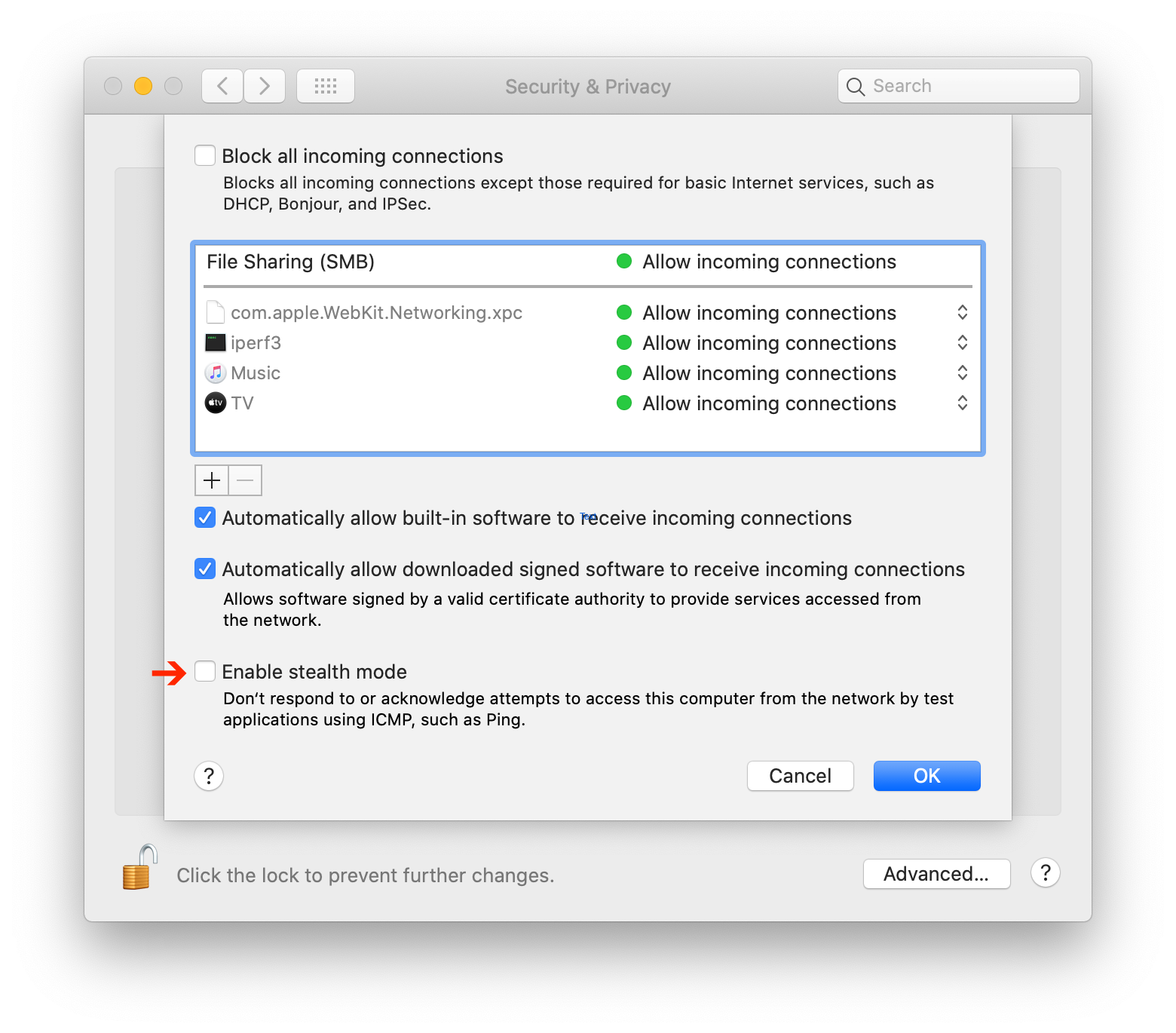
Fifteen years ago today, Everything you need to know about IPv6 was the first big story I wrote for Ars Technica.
Ah, those innocent days of the past when we still had more than a billion fresh IPv4 addresses to burn through... Back in those days, it was common to hear that IPv6 was unnecessary if we just used NAT.
Read the article - posted 2022-03-08
Recently, I was looking through some networking certification material. A very large part of it was about OSPF. That's fair, OSPF is probably the most widely used routing protocol in IP networks. But the poor students were submitted to a relentless sequence of increasingly baroquely named features: stub areas, not-so-stubby-areas, totally stubby areas, culminating in totally not-so-stubby areas.
Can we please get rid of some of that legacy? And if not from the standard documents or the router implementations, then at least from the certification requirements and training materials?
Read the article - posted 2022-05-12
Ten years ago, on 6 June 2012, the Internet Society organized World IPv6 Launch. A year earlier, we'd had World IPv6 Day, where many (large) organizations added IPv6 addresses for their websites to the DNS for 24 hours, in order to see if that would create problems. That went mostly smoothly, with a few surprises, so a year later it was time to turn on IPv6 for real. Time for a blog post looking back on worldipv6launch.org.

I thought this would be a good excuse to do what I've done with some regularity over the years: see how well things work when I turn off IPv4 on my home network.
Read the article - posted 2022-06-07
For my training courses, I always check the current size of the IPv4 and IPv6 BGP tables over at the CIDR Report so I can tell the participants what table size capacity to look for when shopping for routers.
Currently, the IPv4 table is at 925k, readying itself for scaling the 1M summit late next year. The IPv6 table is 160k prefixes.
The IPv4 table grew at about 10% per year in the 2010s and 6% last year. At this rate, it'll be at 1.43 million at the beginning of 2030.
The IPv6 table, on the other hand, had been growing at some 31% per year between 2015 and 2020, but last year it grew 37%. At that rate, the IPv6 table will reach 1.7 million prefixes by 2030! Even at a somewhat slower growth rate of 34% the IPv6 table will overtake the IPv4 table before the decade is out.
Of course it's hard to predict 7.5 years into the future, but stranger things have happened.
Also, at this rate, you'll need a router that can handle more than 2 million prefixes five years from now. Which pretty much means that if you are buying a router today that has to be able to hold the full global IPv4 and IPv6 tables, it should already be able to handle more than 2M prefixes in order to have a five year economic lifespan.
Read the article - posted 2022-06-30
Back in the 1990s, I used Cisco routers. Mostly rather underpowered ones such as the Cisco 2500 series. I later started using the Zebra and then Quagga routing software for the lab part of my training courses.
However, like Zebra before it, Quagga also ran out of steam but was forked by people (and companies) who saw value in the software. The Quagga fork is Free Range Routing a.k.a. FRRouting a.k.a. FRR.
As I was writing my new BGP book, I made configuration examples in Quagga. But about two thirds in, I decided to switch to FRRouting.
Read the article - posted 2022-11-02
Een klein dorpje landje blijft dapper weerstand bieden tegen de oprukkende nieuwe versie van het Internet Protocol:

Twee weken geleden scoorde Nederland 14% en inmiddels is dit afgenomen tot 9%. Maar kan dat wel kloppen?
Read the article - posted 2022-12-01
Having trouble pinging or tracerouting your Mac?
That's because Apple's default is now to have the firewall "stealth mode" activated. That means your Mac doesn't respond to stuff like pings. If that's not what you want, simply uncheck that box in the firewall pane of the System Settings:
